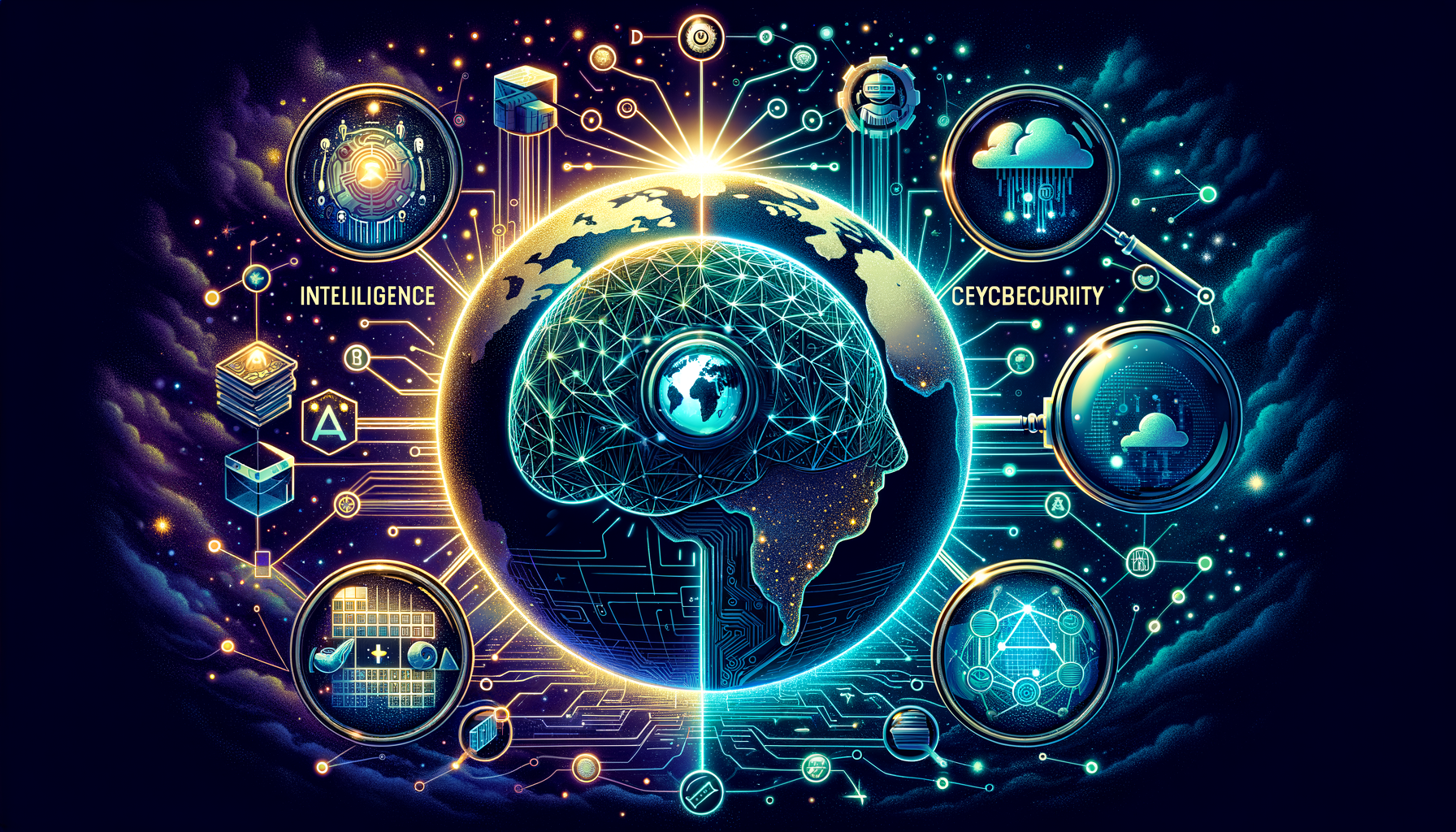“Exploring the Future: Tech Leaders’ Insights on AI, Cybersecurity, and What Comes Next”

Exploring the Realms of AI, Cybersecurity, and Future Tech Innovation
Artificial Intelligence (AI), cybersecurity, and the future of digital technologies are ever-evolving subjects. These fields are at the forefront of technological innovation shaping the world around us. The tech industry’s leaders are defining these trends and novel perspectives that promise immense transformation for the years to come.
Let’s first delve into the intricacies of AI.
The Revolutionizing Power of AI
The integration of artificial intelligence (AI) in various sectors has captured the global tech arena’s attention. Essentially, AI is a technology that empowers machines to learn, understand, and react like humans. It can automate manual tasks, streamline business operations, and improve decision-making processes. AI’s potential to transform businesses and industries has left experts absorbed in its growth, possibilities, and implications.
Leaders in AI technology have proposed that its role in making predictions will be one of the greatest disruptive forces in the tech industry. The reason behind this is AI’s innate ability to predict outcomes based on massive data sets. AI can be instrumental in several sectors, including retail, fintech, and healthcare, as it provides predictive insights unmatched by any human ability. Regardless of AI’s application, the primary advantage is optimising output and minimizing human error.
However, AI doesn’t come without some caveats. The concerns about using AI present a stark picture of the potential risks associated with this technology. The significant factor here is the threat of job displacement. With AI’s increased capabilities, certain roles may become obsolete, leading to validity concerns about mass automation. Another concern is the potential for misuse of AI in creating deepfakes, which pose significant cybersecurity threats.
Nonetheless, these issues do not diminish the potential benefits. Experts believe regulations and risk management strategies will be key to balancing AI’s opportunities and risks.
Impact of Cybersecurity in the Digital Age
In a world increasingly reliant on digital platforms, cybersecurity has become of paramount importance. Cybersecurity involves protective measures against digital attacks aimed at accessing, changing, or destroying sensitive data. In essence, it ensures digital systems and networks’ stability, reliability, and safety, transforming it into a critical concern for governments, businesses, and individuals alike.
Tech leaders agree that as technology advances, so do cyber threats. They suggest that adopting a cybersecurity framework that evolves with technology can provide better defense against these threats. A vigilant approach, identifying potential threats, and implementing preventative measures, can help organizations fortify their digital infrastructure.
Many tech leaders also advocate for awareness and education on cybersecurity. They believe organizations should prioritize building a culture of security amongst their employees. Regular training and education on recognizing and responding to cyber threats can greatly improve an organization’s cybersecurity resilience.
The cybersecurity landscape has its challenges. Yet, tech leaders predict that with the rise of quantum computing, stronger encryption and security protocols will be possible, outmanoeuvring cyber threats.
Embracing the Future of Technological Innovations
Technology is one of the fastest-evolving facets of contemporary society. From developments in AI to quantum computing, blockchain, and beyond, the coming years promise further enhancement and transformation.
AI and machine learning will continue to dominate the tech world, providing innovative solutions across multiple sectors. The application of these technologies has the potential to revolutionize everyday life. From virtual personal assistants like Siri and Cortana to self-driving cars and AI-based healthcare analysis, the possibilities are limitless.
Quantum computing, although in its infancy, is poised to redefine computation and problem-solving. By performing calculations significantly faster than classical computers, quantum computing has the potential to revolutionize numerous sectors, from cryptography to molecular biology.
Blockchain technology will also continue to create ripples in the tech sector. Bringing transparency, security, and efficiency, blockchain holds great promise especially for sectors like finance, supply chain, and healthcare.
With new interfaces driven by augmented and virtual reality, the coming years might see profound changes in consumption of digital media. These technologies also open up new possibilities in fields like education, healthcare, retail, and real estate.
In the digital age, data has become the new oil. The future will further emphasize data-driven strategies, with companies focusing on data analytics for strategic decisions.
As exciting as these prospects are, it is equally essential to address the challenges that these technologies pose. Issues such as data security, privacy, digital ethics, and regulation are vital. Experts argue for modifying the current regulatory framework to reflect rapid technological innovations while arguing against stifling creativity and innovation.
In Conclusion
Look into the future with this understanding of the views of industry leaders on AI, cybersecurity, and emerging technologies. As we move further into the digital age, acknowledging these issues, the challenges they bring, and the solutions they demand becomes crucial. The future of technology looks bright and full of potential. It calls for an approach that manages and minimizes risk, while maximizing benefits.
Technological innovation is always a double-edged sword — it brings with it both challenges and opportunities. As we navigate through the digital landscape, we must leverage the power of these technologies. With a clear vision, necessary safeguards, and an engaged and educated workforce, we can create a future where technology drives growth, security, and prosperity.
